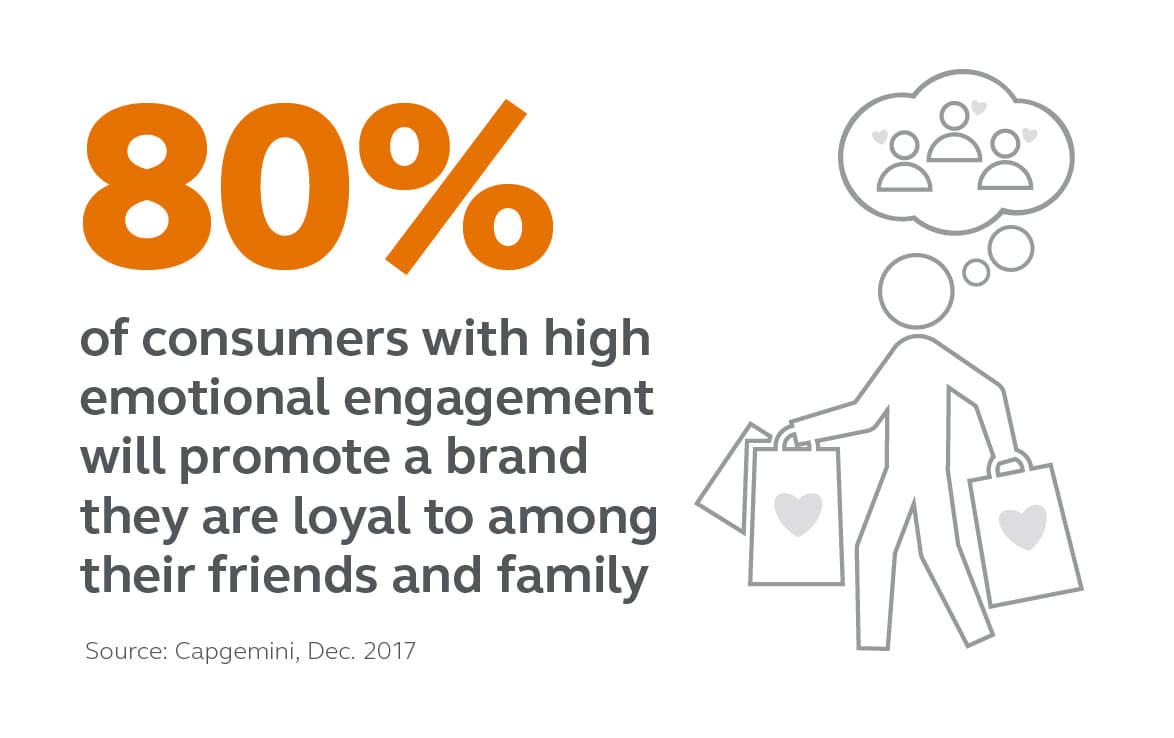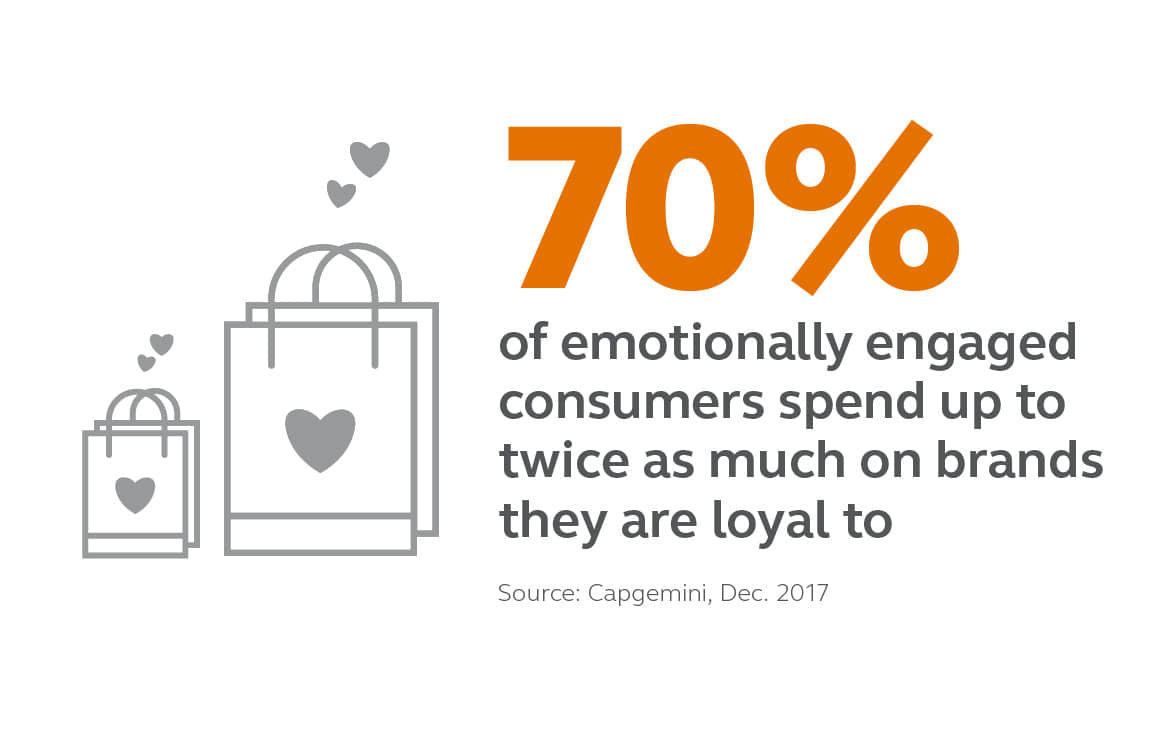
DATÜM: Sensory-Driven Design and Emotional Connection
This is the first in a second series of exploratory posts by some of CallisonRTKL’s research experts on how design impacts the guest experience—from hotels to workplaces, retail stores, hospitals and everywhere in between—and the common elements and strategies we leverage to create spaces that are people-centric, experiential and memorable.
Each day, we as consumers are faced with an onslaught of brands trying to sell us something. The sensory overload that comes with push notifications and pop-up ads is daunting—not to mention the invasion of privacy. But there is a more positive, less intrusive way for brands to tap into our senses: by establishing an emotional connection. And it isn’t necessarily just about sight and sound; studies show that we form our strongest memories of things that engage all five of our senses. So, how can we take a holistic approach to designing multisensory experiences that drive brand loyalty and customer retention? Let’s start with the basics.
We are emotional beings
Many have studied the connection between architecture and design and cognitive science, yet it remains somewhat vaguely defined thanks to the fact that many of our emotions are driven by unconscious responses to stimuli, making the impact more difficult to quantify. This may help explain why materials are frequently chosen for cost, durability and aesthetic reasons rather than the ability to engage the senses.
Yet some spaces are intentionally designed to send our senses into overdrive. Step into popular shopping centers in many Asian countries and you’ll see what we mean: every angle is carefully considered, and unexpected elements contribute to the ultimate ‘wow’ moment. Even in less boisterous malls, one of the main motivations for shopping in-store is the opportunity to touch, feel, and try out a product before making a purchase, engaging the senses in a way that dot com retail can’t replicate.
Technology and the rise of artificial intelligence make fostering an emotional connection easier than ever before, particularly as it relates to customization. Retailers harvest big data and use it to anticipate consumer needs before they even make a purchase. Knowing a shopper’s size and style preferences upon entry, for example, enhances the experience in a way that is simultaneously more efficient and more personalized.

But what about return on investment? Can tapping into consumer emotions meaningfully boost the bottom line? Consider these stats:
- After a major bank introduced a credit card for Millennials that was designed to inspire emotional connection, use among the segment increased by 70% and new account growth rose by 40% [source: Harvard Business Review, 2015]
- 70% of emotionally engaged consumers spend up to twice as much on brands they are loyal to [source: Capgemini, Dec. 2017]
- Fully connected consumers, on average, spend twice as much annually as other customers [source: Harvard Business Review, 2015]
- 80% of consumers with high emotional engagement will promote a brand they are loyal to among friends and family [source: Capgemini, Dec. 2017]
BEYOND BROAD STROKES
To get the wheels turning on a fresh, effective consumer engagement strategy, it helps to look at some trendsetting brands turning sensory experience on its head:
That Tingling Sensation
Antithetical to the idea that things need to be brighter, louder, faster and more exciting to capture an audience with an attention deficit is ASMR (autonomous sensory meridian response) video. Akin to slow television in that it encourages relaxation, ASMR has grown from niche entertainment to a recognized mode of stress relief. According to Think Google’s Consumer Insights, the term describes a “relaxing, often sedative sensation that begins on the scalp and moves down the body…also known as ‘brain massage,’ it’s triggered by placid sights and sounds such as whispers, accents, and crackles.” With somewhere around 5.2 million videos on YouTube, it’s easy to understand why major brands like IKEA are interested in harnessing the ASMR intrigue to sell product.
Intuitive Channels
While the in-store experience remains the best opportunity to employ sensory design and create an emotional connection, some retailers are looking to make online shopping just as engaging. The North Face is attempting this with the help of AI—namely, Fluid and IBM’s Watson Analytics. Fluid’s Expert Person Shopper (XPS) software guides shoppers through their online experience “like a sharp in-store sales associate,” helping them narrow down options quickly and making recommendations based on their specific needs.
De-Light
We know that natural light is important in myriad ways for our health and wellness, but it is also proven to boost employee productivity and consumer spending. Meanwhile, artificial lighting schemes can make or break a retail space: a fashion retailer in Germany saw sales increase by approximately 12% after installing new lighting designed to appeal to its target customer base. Elegant fixtures and dramatic lighting are also effective in capturing shoppers’ attention and evoking emotion (not to mention garnering greater brand recognition through all those Instagram likes).

Sensory-driven design strategies
How can design elicit an emotional connection to brands and the built environment?
- Beyond Simple Sight
While design understandably prioritizes that which meets the eye, a multisensory approach can help facilitate a deeper connection. From mood lighting and aromatic landscaping to materials that intentionally enhance, or muffle, sound and textiles that are pleasant or intriguing to touch, the opportunities are endless for creating a design that effectively engages the senses.
- Mental Wellness
The concept of wellness is no longer relegated to the world of fitness centers and healthy eating. The desire for a respite from our busy calendars and complex lives has resulted in an increased focus on mental health. Opportunities to refocus and recharge, and spaces that are designed to support this objective, are sought out and celebrated, even when integrated in the midst of otherwise lively environments.
- It’s Not a Moment, It’s a Movement
What social or environmental issues are pertinent for the target audience, and how can design and brand values tap into these in the interest of creating an emotional connection? The 2017 Women’s March, for example, ignited widespread engagement and energy around women’s issues. How can retail spaces be designed to empower women shoppers or instill confidence in young female future consumers? And following on from mental wellness, we all need an occasional break from the 24-hour-a-day news cycle; how can spaces create opportunities for dialogue or a respite from the outside world? In a world where design is an increasingly powerful tool to drive change, it’s time to maximize its creative impact.

Well done, Insightful article! Great facts, figures, story and relatability.